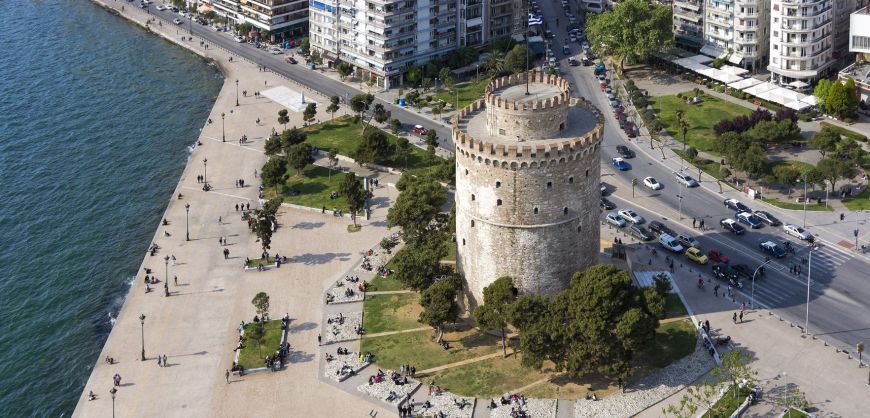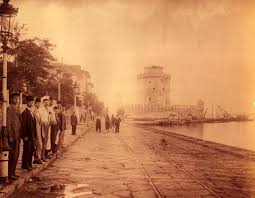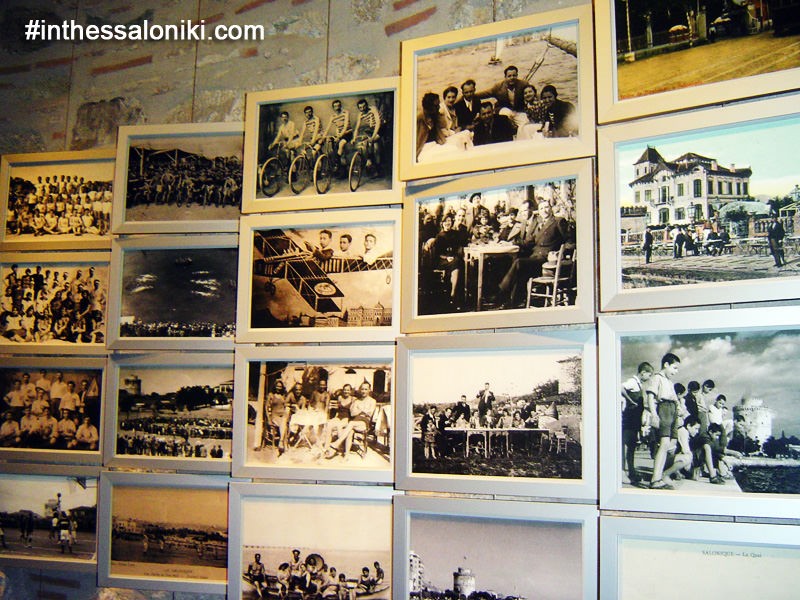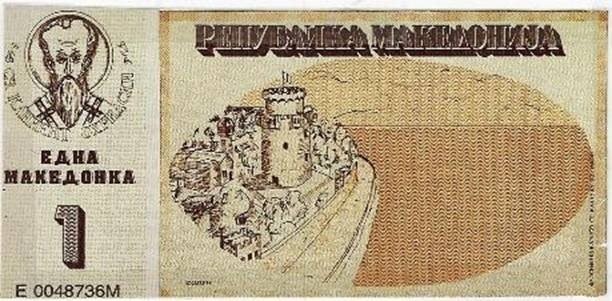The White Tower in Thessaloniki is a monument and museum on the Thessaloniki waterfront in macedonia, northern Greece. The tower stands on the site where an old Byzantine fortification once stood, according to texts from the 12th century.
People wrongly attribute to to the Venetians, but it was actually reconstructed as a tower by the Ottomans afterthe Byzantines ceded Thessaloniki in 1423. Historian Franz Babinger speculated that the work was designed by great Ottoman architect Mimar Sinan.
Early illustrations show that it had a conical roof in the initial stages, and a chemise stood at the foot of the tower.
The Ottomans initially used it to protect the city’s harbor but it soon became a notorious prison and a site of mass executions during Ottoman rule. Dipped in Greek blood, Greece whitewashed it after it gained control of the city in 1912 and adopted it as the symbol of Thessaloniki. It stands on Nikis (Victory) Street and houses a museum dedicated to the history of Thessaloniki.
An iconic symbol of the city, there was controversy when the Former Yugoslav Republic of Macedonia (FYROM) published souvenir banknotes featuring the White Tower in the early 1990s.
SIZE: 23m (75 feet) in diameter and 34 meters (112 ft) above ground level – a turret on the top stands 12 meters (39 feet) in diameter and 6m (20 feet) in height.


































